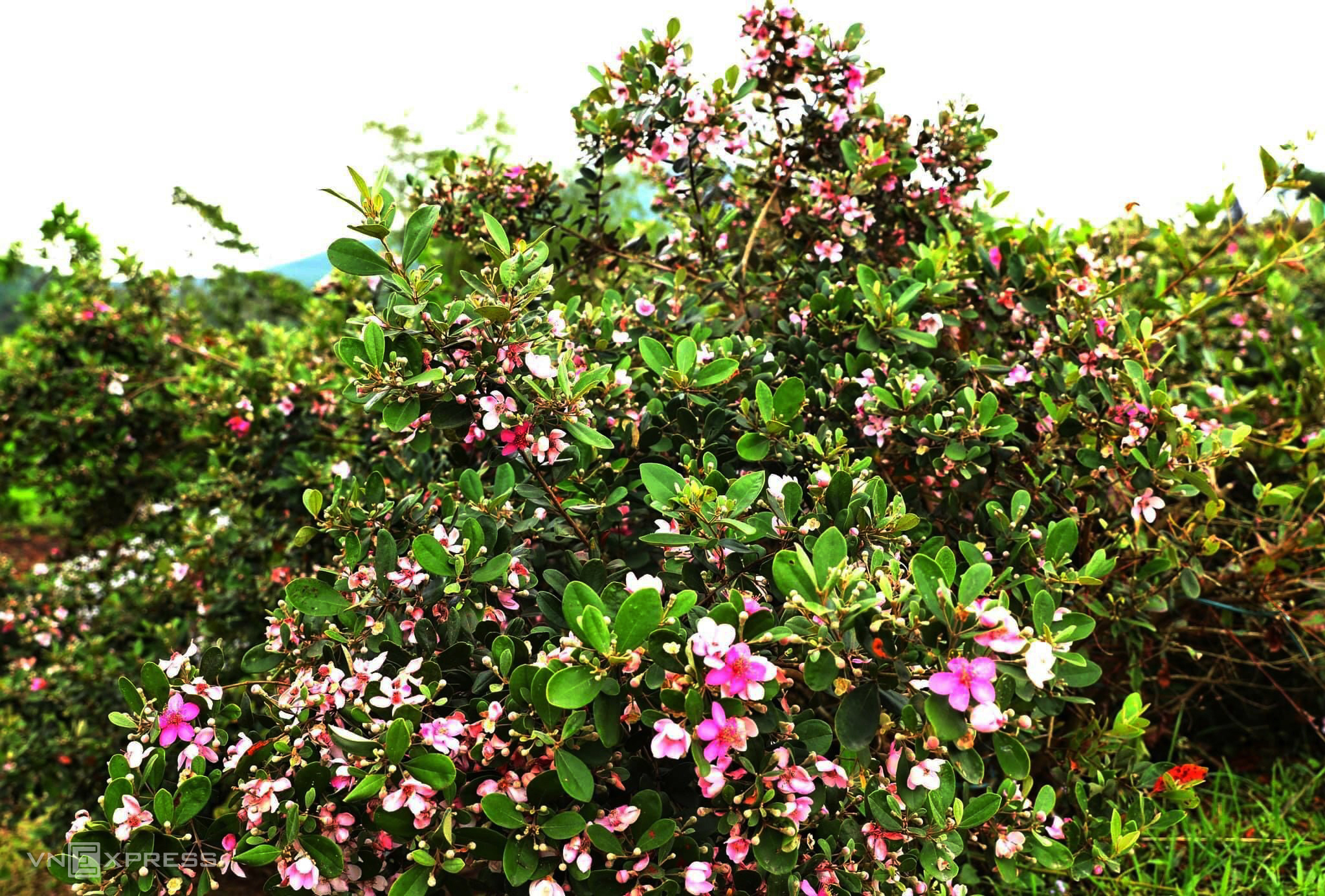 |
Nearly 7 years ago, residents of the former mountainous commune of Quang Hop, now Phu Trach commune, nestled beneath the Hoanh Son mountain range, began cultivating wild rose myrtle trees for their berries. These trees flourish in the barren areas of home gardens and farms, replacing acacia and eucalyptus trees.
Every August, with the arrival of the rainy season, the villagers venture into the forest to find rose myrtle saplings to transplant. If they lack the time, they can purchase saplings for 15,000 VND each. These trees are resilient. While they require watering during the first year as their roots establish, they become self-sufficient from the third year onward.
After two years, the trees blossom in the 4th lunar month. To maximize fruit production during hot weather, the villagers water the trees every 7-15 days. Rose myrtle trees thrive in sunlight; planting them in sunny locations promotes better photosynthesis.
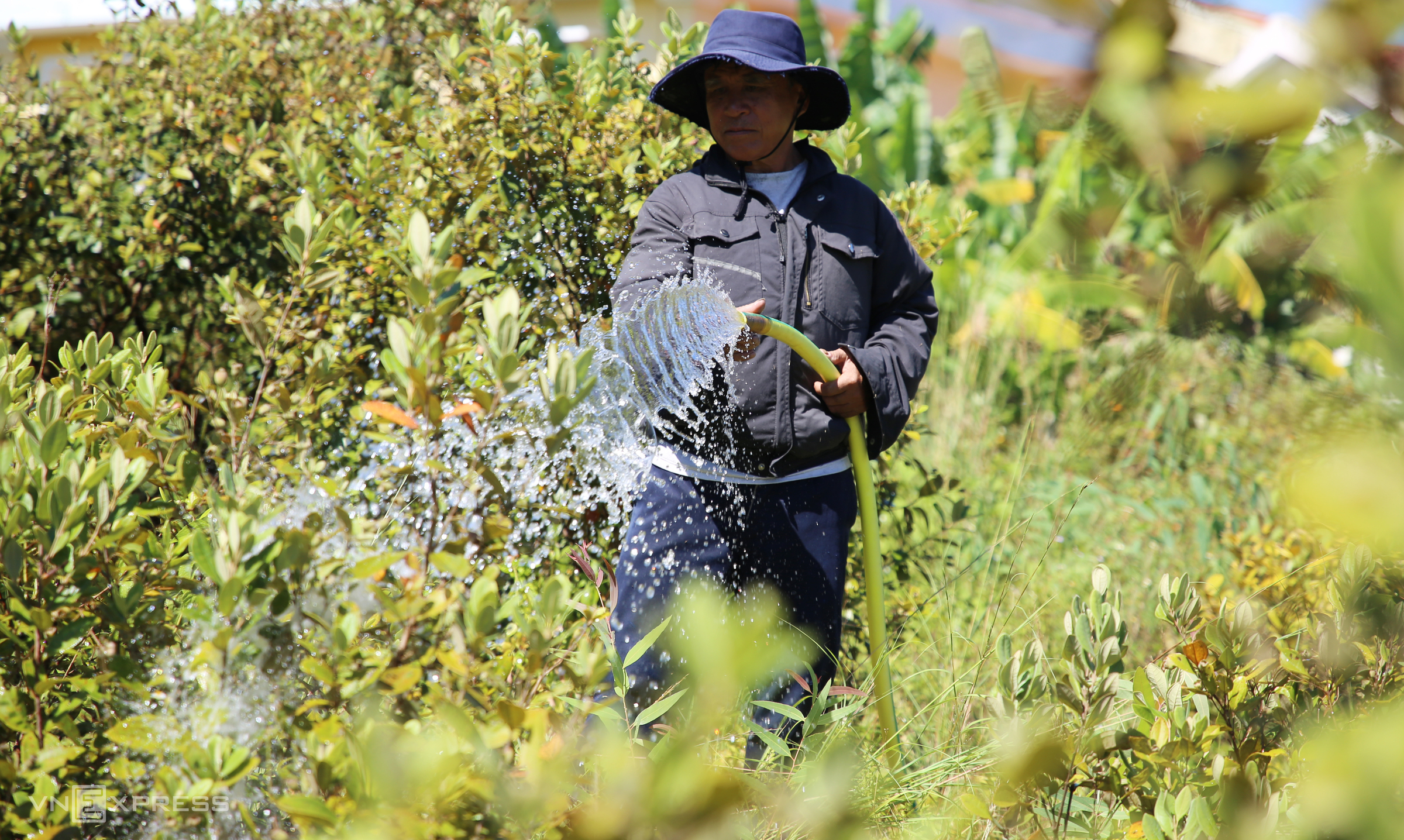 |
Amidst the scorching summer heat, Nguyen Van Mai from Thanh Xuan village uses groundwater to irrigate his rose myrtle trees. With half a hectare under cultivation, he harvests approximately 80 kg of berries every two days.
According to Mr. Mai, rose myrtle used to grow abundantly in the mountains, but the spread of acacia trees, and the burning of leaves and branches during acacia harvests, has made them scarce. As demand for these wild berries grew, and people began foraging them to sell, hundreds of villagers saw the potential and started cultivating them. Some planted a few dozen bushes around their homes, while others established farms spanning up to 7 hectares.
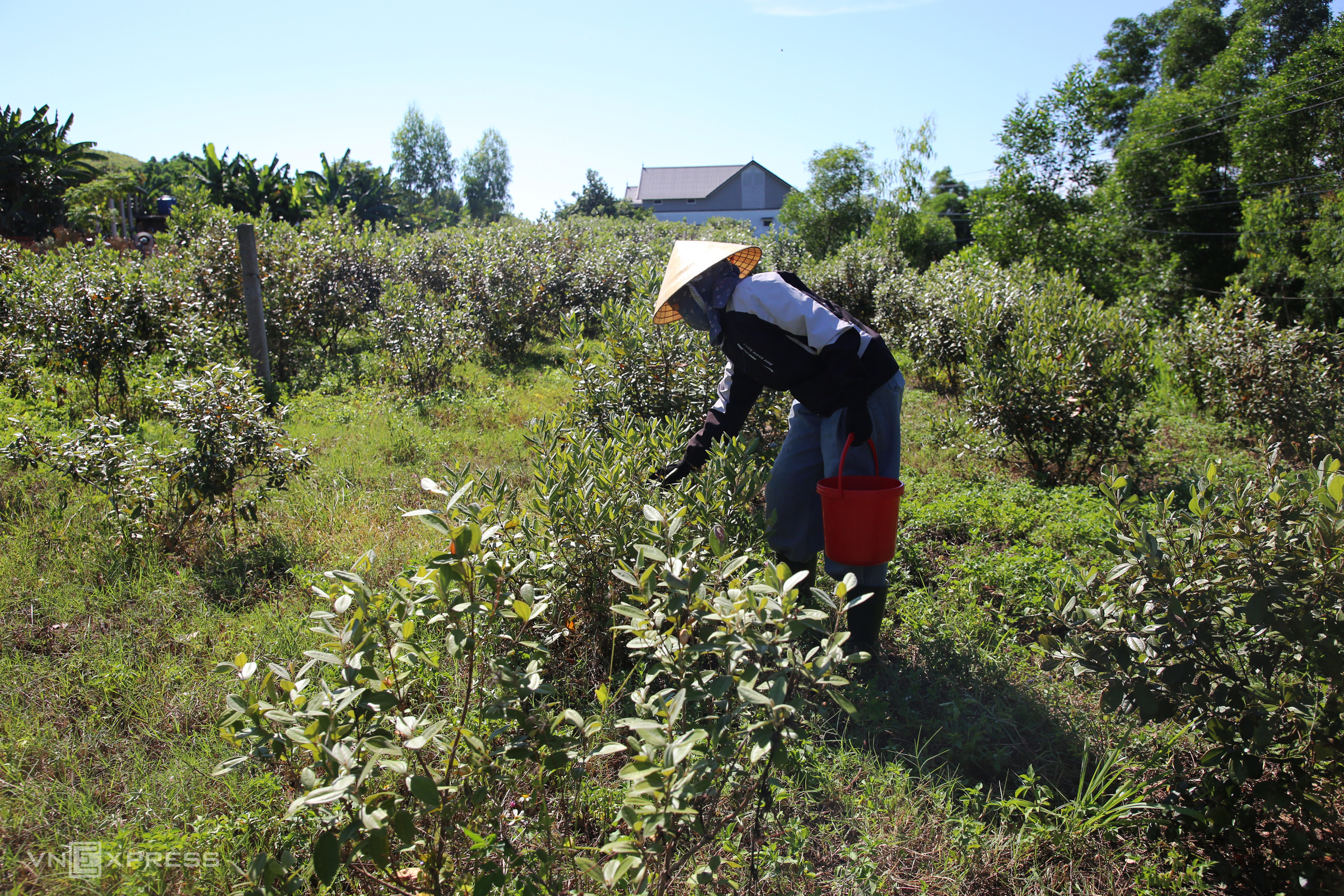 |
Tran Thi Hoa's rose myrtle orchard in Hop Phu village is already bearing fruit after two years. "I harvest 30 kg every two days," she says, "The price at the beginning of the season was 30,000 VND/kg, now in peak season, it's 28,000 VND."
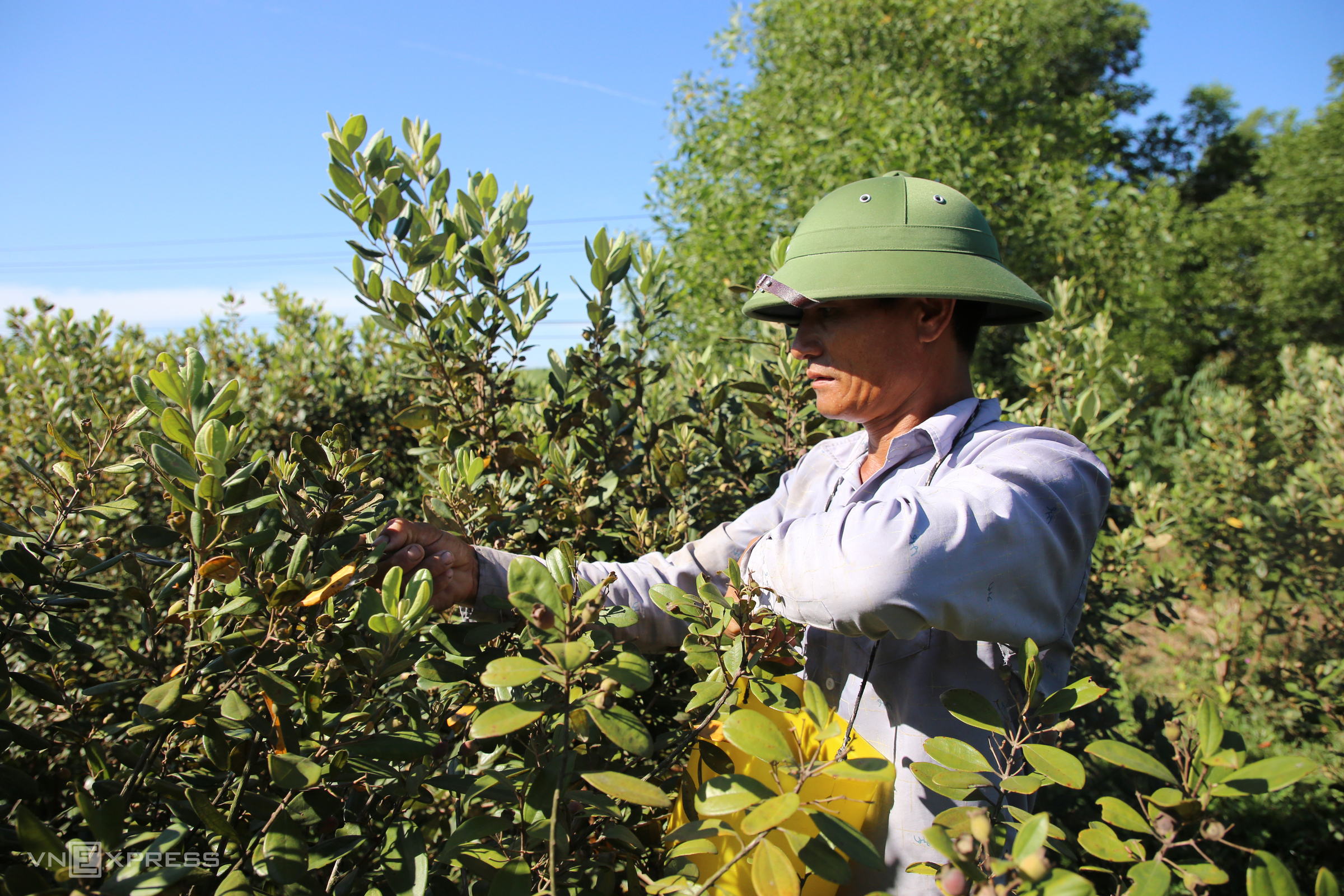 |
Pham Xuan Lenh, from Hop Phu village, cultivates 4 hectares of rose myrtle, 2 of which are currently producing fruit. He harvests 120 kg of berries daily.
With the abundant harvest, Mr. Lenh hires help to keep up with the picking. "On average, each hectare of rose myrtle generates an annual income of 70 million VND, 3-4 times higher than acacia," he compares. "Acacia also carries risks, being prone to damage during storms."
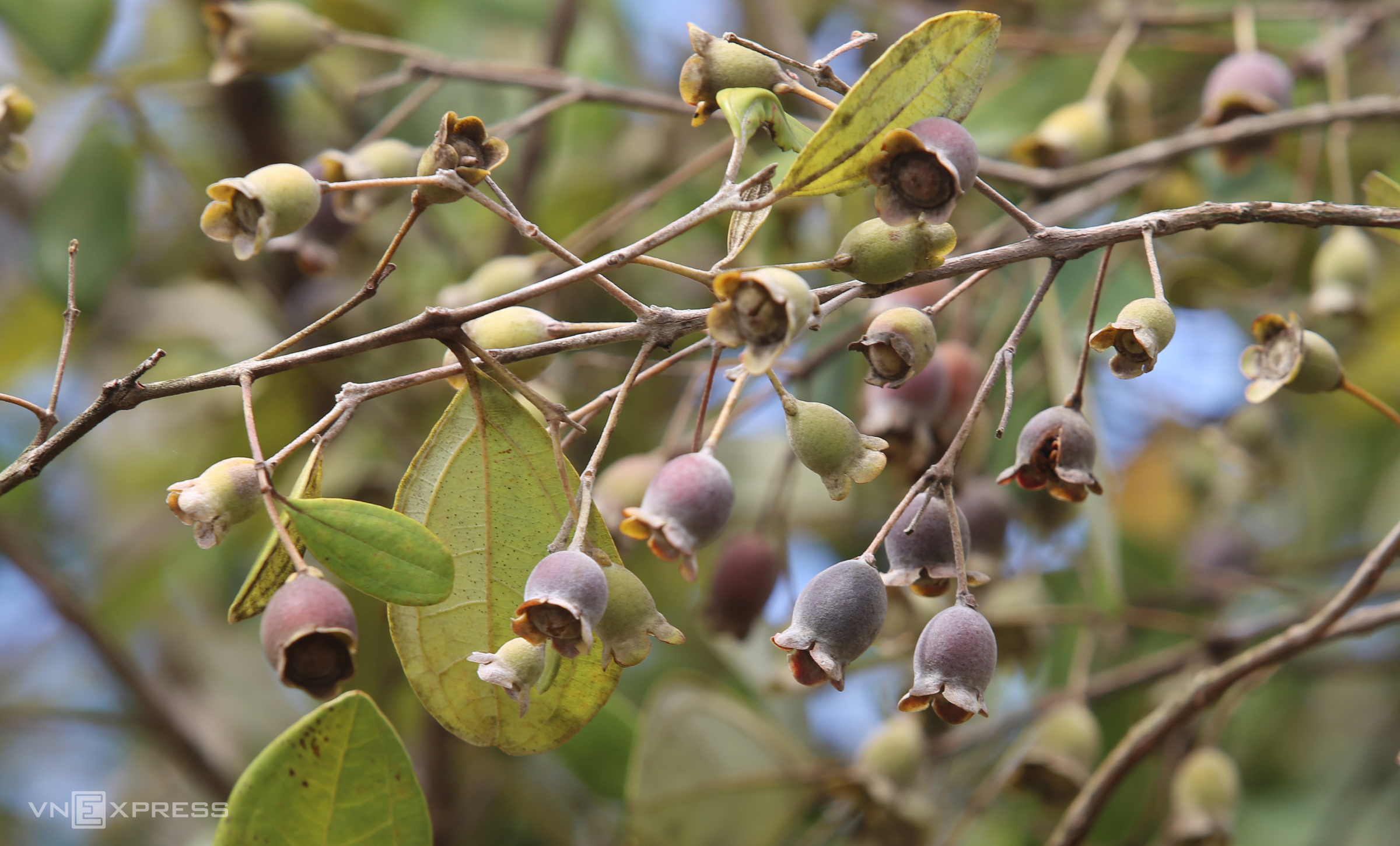 |
A rose myrtle tree laden with fruit. The berries start ripening at the beginning of the 6th lunar month, reaching peak ripeness by the middle of June, and continuing to the end of August.
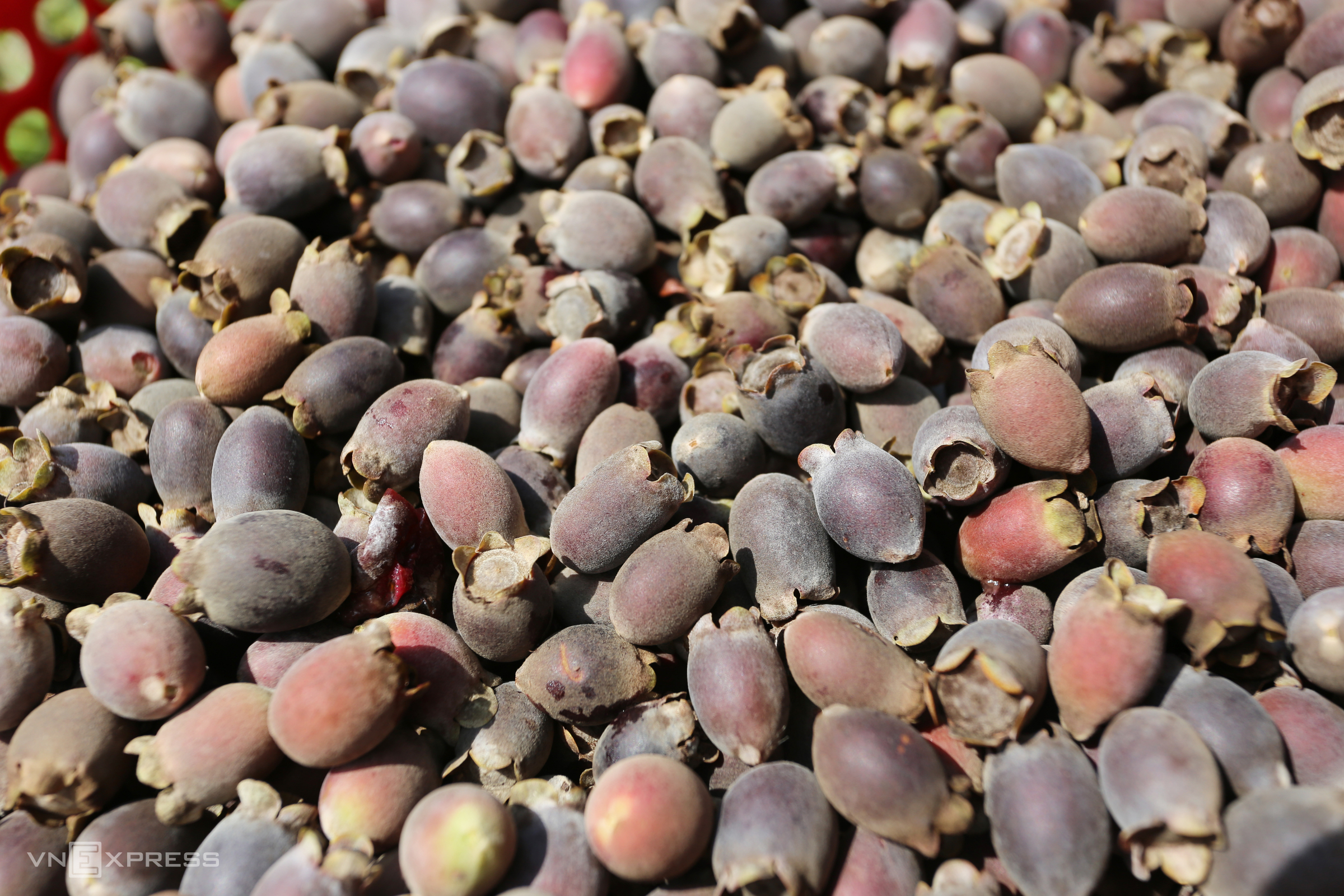 |
The small berries, hidden among the leaves, require careful harvesting by hand. Ripe berries fall easily, so they must be picked as soon as they turn from green to dark red. Fully ripe berries have a dark purple skin, a multitude of seeds, and a mildly sweet flavor.
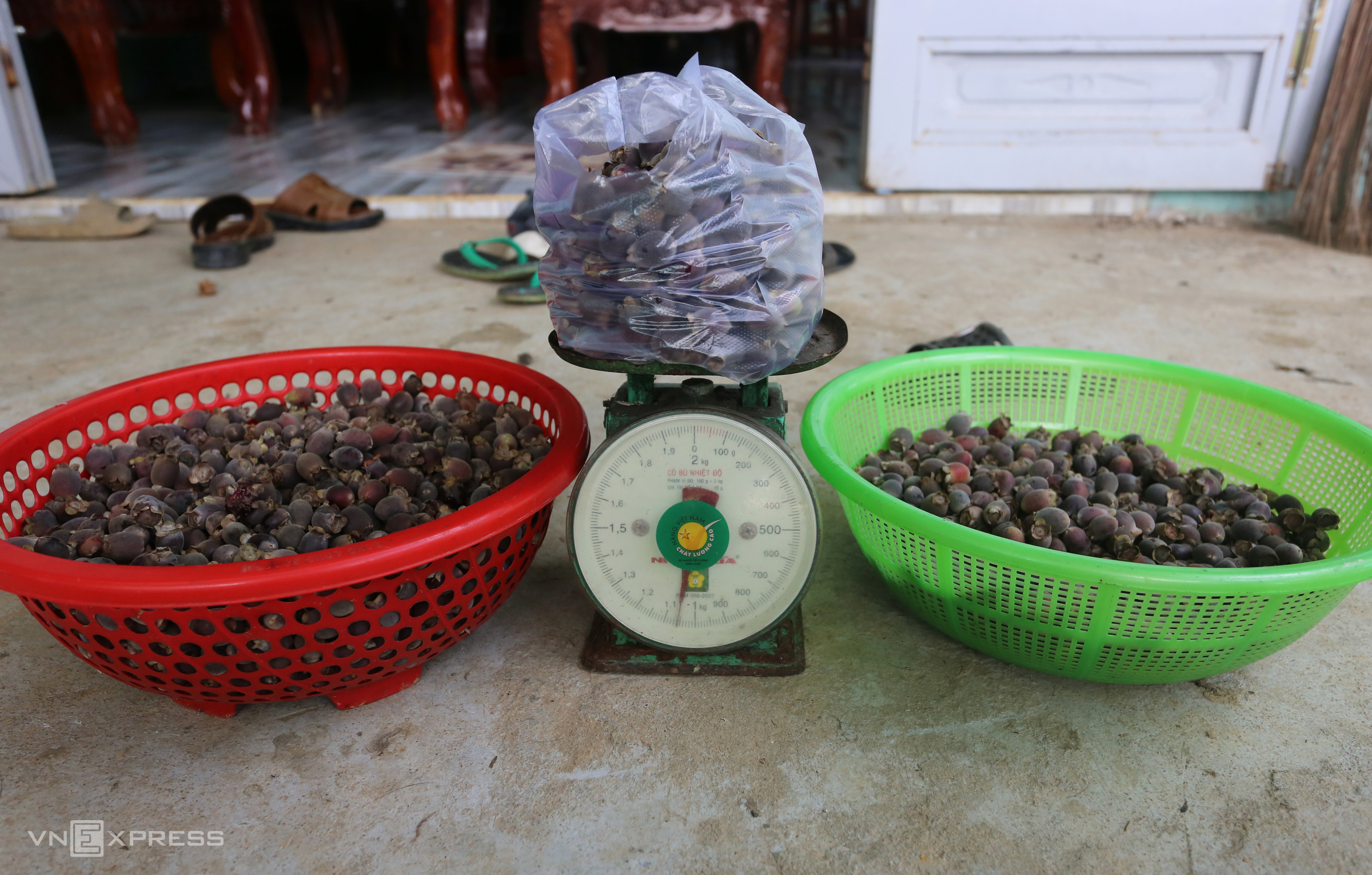 |
Harvested berries are collected for sale to traders. After 7 years of growth and harvests, the rose myrtle trees, exceeding 2 meters in height, become difficult to harvest from. Villagers then cut them back to the base, allowing new branches to grow and produce an abundant yield the following year.
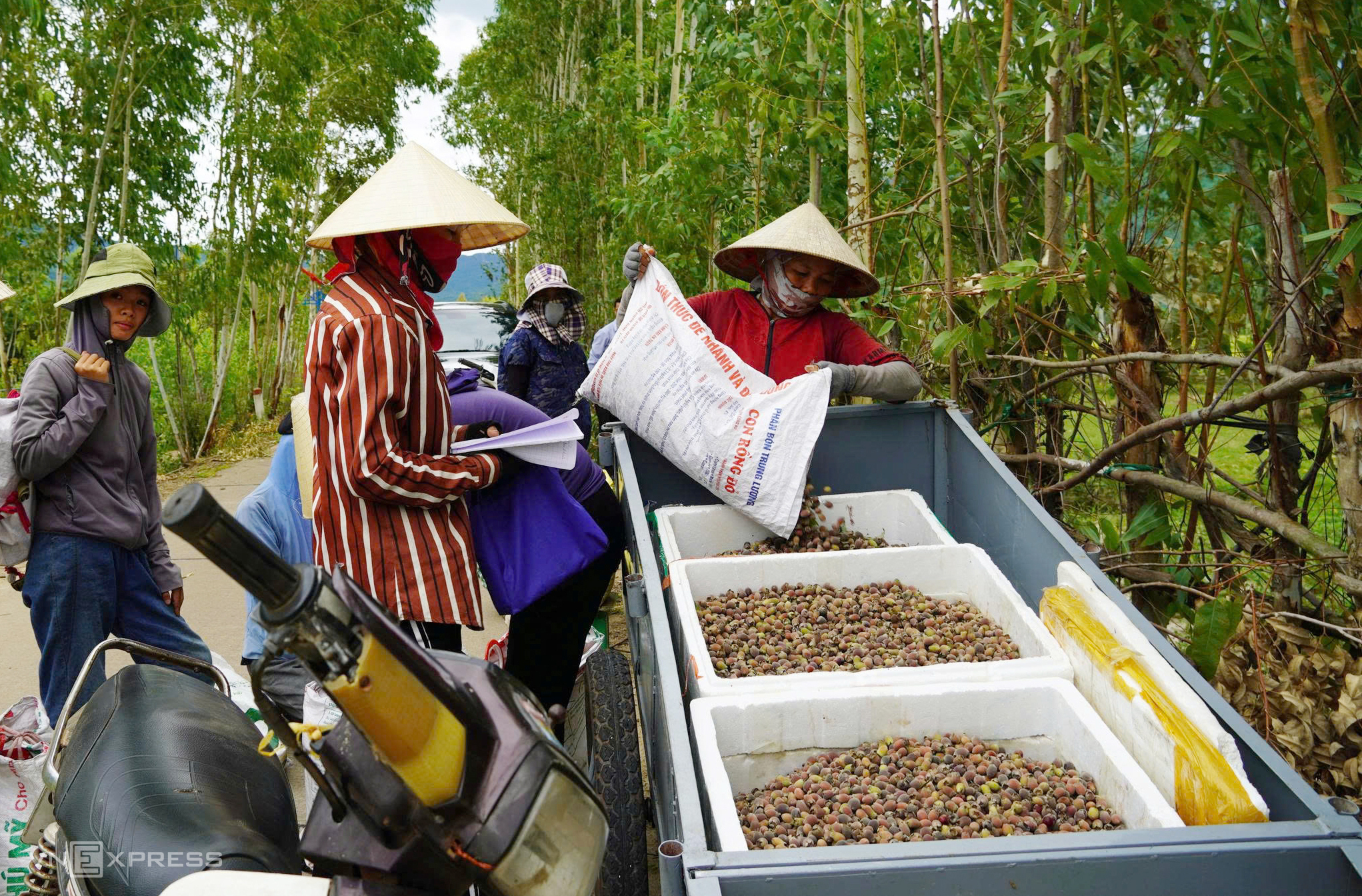 |
Traders purchase the berries on-site. The rose myrtle, scientifically known as Rhodomyrtus tomentosa, belongs to the Myrtaceae family and has various names such as Downy Rose Myrtle. Besides being eaten fresh, the berries are also used to make wine. According to traditional medicine, all parts of the rose myrtle plant - leaves, stem, roots, and flowers - have medicinal properties.
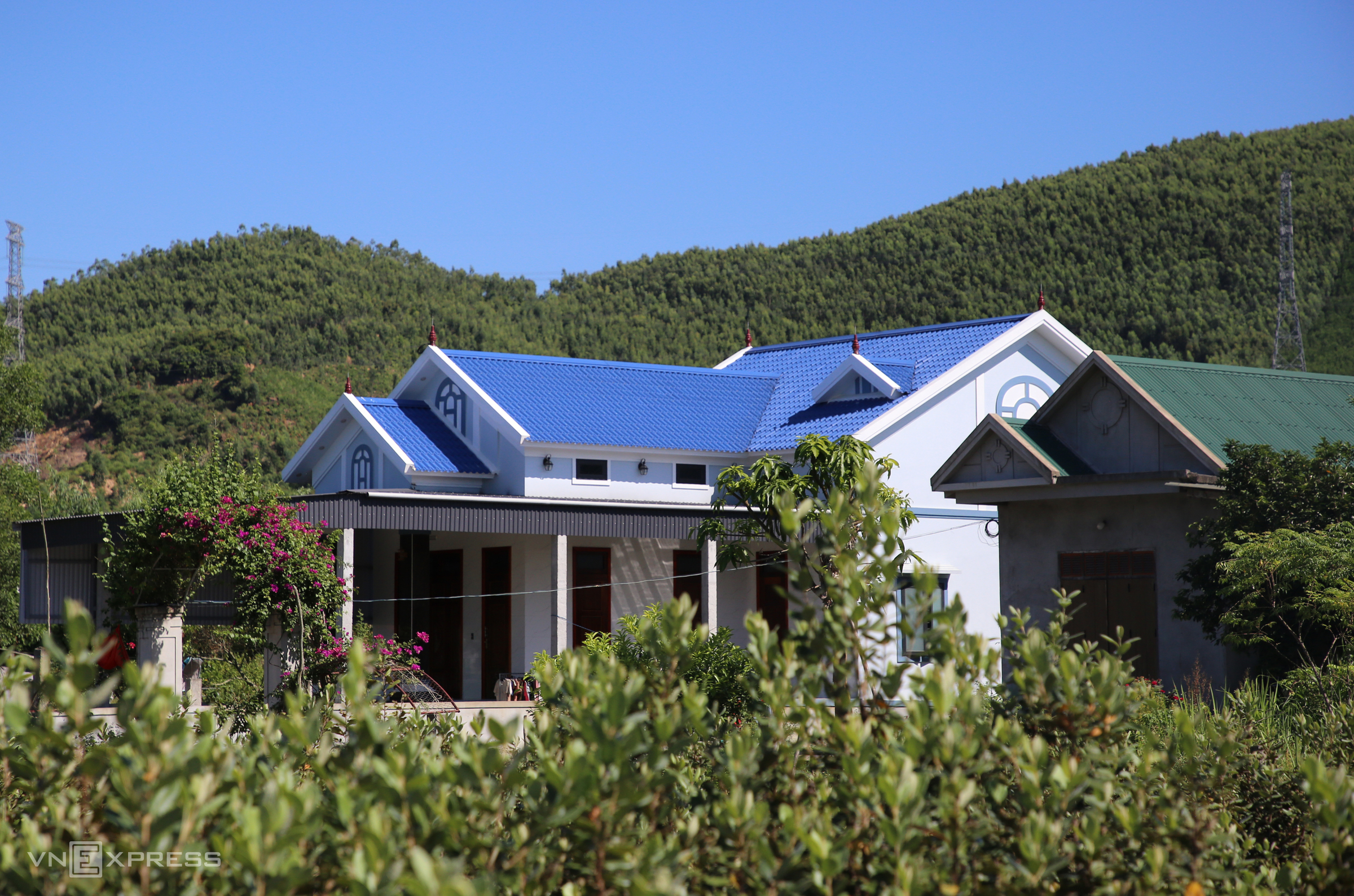 |
The income from rose myrtle cultivation has enabled Mr. Lenh to build a spacious new house. "In this barren land, rose myrtle is proving to be highly valuable," he says. "Villagers in areas with access to irrigation are switching to rose myrtle cultivation."
Farmers harvesting rose myrtle under the sun. Video: Dac Thanh
Dac Thanh












